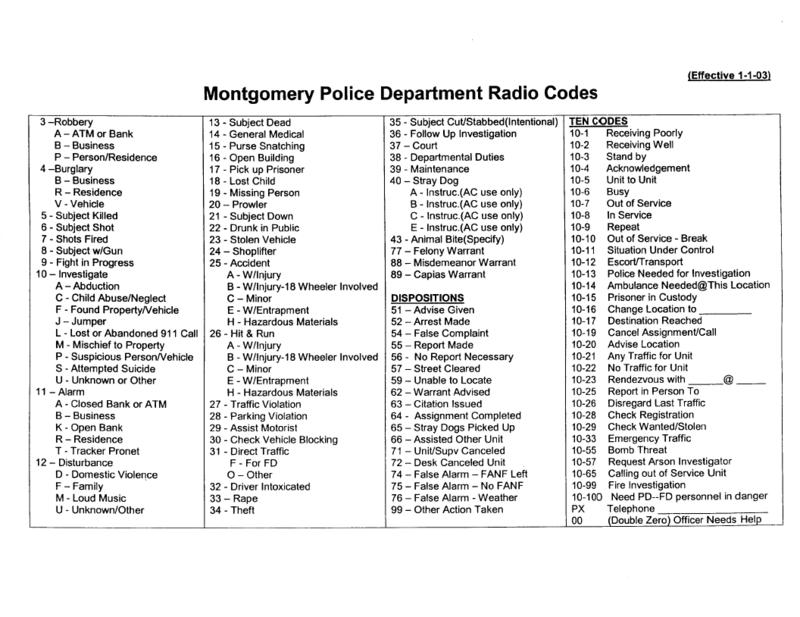Why not challenge yourself by adding a bit more knowledge? Who knows how you can help yourself as well as other people when the need arises. You can try understanding the codes that the police use for safety purposes.

Police codes are used to inform law enforcement officers of what is going on at the crime scene, if there are riots, shooting incident or on-the-road accidents which may cause traffic. When matters get serious and that the law enforcement officers may not want to transmit sensitive information, they are most likely to transmit a 10-13 which simply means that civilians are present and listening. With this, you should exercise your better judgment.
Disclaimer: Despite the fun of adding more to your knowledge drawer, also exhibit better judgment when listening to Police 10 Codes. There are also limitations or variations for every code. Some may differ in meaning in other areas or jurisdictions (for example, FBI codes may be different from your local police department). Moreover, listening in on a federal agency may be illegal. Here are the limitations as per state in the U.S.:
- Use of a police scanner radio without license from Federal Communications Commission or permission from a local law enforcement agency is illegal to these states:
- New York
- Florida
- Minnesota
- Kentucky
- Indiana
- Use of police scanner radio is legal but will be otherwise when used in the commission of crime:
- California
- New Jersey
- Michigan
- Oklahoma
- Virginia
- West Virginia
- Vermont
The Police 10 Codes, also known as police scanner codes, were invented before World War II by the Association of Public-Safety Communications Officials. Users reduce their speech over radio transmissions since these codes already represent common terms and phrases. Here are the Top 10 Police 10 Codes that serves as the basic vocabulary for you to understand common speech on radio transmissions:
- 10-4 – Message received, affirmative
- 10-6 – Busy
- 10-9 – Please repeat your message
- 10-10 – Negative
- 10-12 – Standby
- 10-13 – Civilians present and listening
- 10-18 – Urgent
- 10-22 – Disregard
- 10-61 – Personnel in area
- 10-78 – Need assistance
Top 10 Police 10 Codes that scream: DANGER or probable danger for some instances:
- 10-32 – Person with gun
- 10-34 – Riot
- 10-71 – Gun involved with intent of firing
- 10-72 – Shooting in progress
- 10-79 – Bomb threat (also 10-89)
- 10-80 – Bomb exploded
- 10-94 – Drag racing
- 10-96 – Psych patient
- 10-98 – Jail or Prison break
- 10-100 – Dead body
